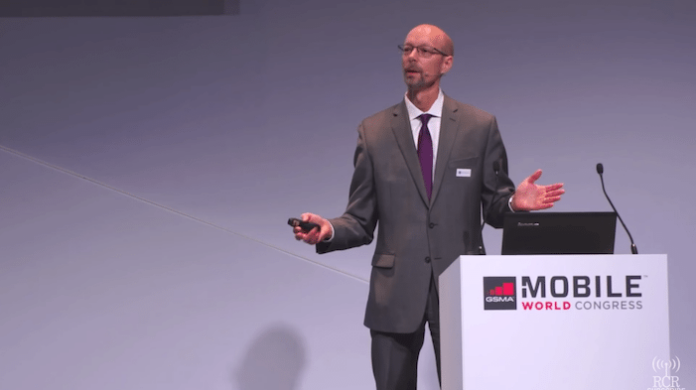Service providers should regard signaling as a competitive advantage that fosters innovation, rather than a source of frustration
As the Internet of Things takes shape and 5G use cases bring into focus the sheer amount of network complexity and capacity that will be needed in a few short years, service providers need to understand how to gain efficiencies and simplify operations.
The telecommunications industry is highly competitive and, as such, service providers are facing constant challenges. Cost pressures are based on decreasing ARPU amid rising capex and opex. Those expenses are necessitated by the complexity associated with network redesigns around LTE and IMS, as well as the technological revolution around infrastructure virtualization and cloud services.
Despite all those challenges, there are still opportunities to achieve the efficiencies, and cost savings, that come with simplification. NetNumber Founder and Chief Strategy Officer Douglas Ranalli explains how operators can turn signaling from an obstacle to an advantage.
“We see an opportunity for massive cost savings,” Ranalli said. “I’m not talking about 10%. I’m talking about cutting the cost of the signaling network by 80%.” He went on to explain how the current level of network complexity stifles time-to-market for new services and isn’t ready for the IoT. “That’s almost unfair when you consider OTT providers, that the industry competes with, change their services on a moment’s notice. In order to participate in this world, we have to find ways to innovate faster. We can enable the signaling control network to scale to support the Internet of Things.”
One way to manage signaling needs is with standalone infrastructure dedicated specifically to functions like PCRF, HHS or DSC, oftentimes from different vendors with each function needing to be deployed, integrated, scaled, monitored and, ultimately, upgraded.
“The truth is, that is what we’ve been doing,” Ranalli said. “We treat every one of these functions as a separate infrastructure in the network. NetNumber’s innovation to this space was to say, let’s keep the functions, let’s keep the standard interfaces, but, you should deploy those functions in one infrastructure. All you do is deploy a signaling control infrastructure. You scale your signaling control infrastructure, you monitor your signaling control infrastructure. You don’t have to do that for 15 functions. You do it for one network infrastructure, you just happen to utilize it for 15 functions—totally different way of thinking about the problem.”
A common, virtualized infrastructure for all signaling control, routing, policy enforcement and subscriber database services dramatically simplifies network architecture. NetNumber collapsed formerly standalone signal control functions (ENUM/DNS, SIP, DIAMETER, SS7/C7, RADIUS and SIGTRAN) and collapsed them into the TITAN CSRC (centralized signaling and routing control) platform.
Centralizing signaling control functions into one platform can help operators prepare for the explosion of transactions coming from the IoT while realizing immediate cost reductions.
This approach anticipates decades of network convergence and future interoperability needs; provides massive scalability through a real time distributed, in-memory database; and allows for customization of logic interfaces, so carriers can gain flexibility by not having to wait on vendor software releases.
TITAN, which supports more than 200 billion transactions each month, is currently deployed by more than 150 carriers and more than 350 servers on five continents.
Ranalli gave the example of LTE user authentication, which typically requires signaling from the MME to the DSC to the HUSS to the UDR/AuC, and back. That’s six network hops for one action. The TITAN platform can reduce that to two hops.
“It is a signaling storm,” Ranalli said, because of unnecessary complexity. “Don’t do it that way. The message traverses the server that you sit on. No more network path to achieve that. You go from 10 milliseconds to one or two microseconds, a 1,000-fold reduction in the actual cost of that signaling flow. You can either have six network hops per action or, in this particular use case, two network hops. We’re being conservative when we say 50% reduction. Not only are we eliminating work, we’re speeding it up and, by definition, enabling it to scale. And that’s necessary if we want to realize a truly connected vision.”
Ranalli took a deep dive into the opportunities and challenges associated with signaling control networks in a Power Hour session during Mobile World Congress 2016 in Barcelona, Spain.

